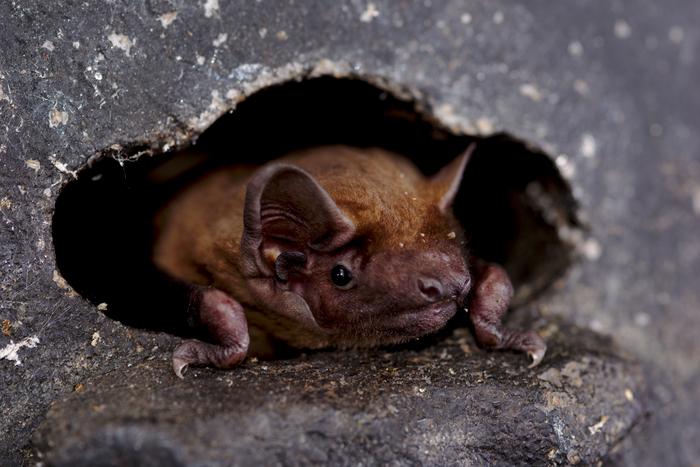A new study published in the journal Science has shed light on the previously enigmatic behavior of migratory bats, particularly the common noctule bat. Known for their exceptional migratory capabilities, these bats are challenging to observe and study, leading scientists to overlook their long-distance flights until recently. Researchers at the Max Planck Institute of Animal Behavior (MPI-AB) employed ultra-lightweight sensors to monitor 71 common noctules during their spring migration across Europe, revealing a captivating new strategy that enhances their migratory endurance.
Edward Hurme, a postdoctoral researcher at MPI-AB, expressed his excitement over the sensor data collected during the study. The information gathered not only mapped the paths taken by the bats but also provided contextual insights into their environmental interactions. Understanding the decision-making processes of these creatures while embarking on their perilous migrations is crucial as it enhances our comprehension of their behavior, which had remained largely hidden until now.
The technology utilized in this groundbreaking study involved a new sensor device developed specifically for tracking bats. These lightweight tags, which only make up five percent of a bat’s body mass, incorporated multiple sensors to gather extensive data on the bats’ activity levels and the environmental conditions surrounding them. The data, collected daily and compressed into manageable messages, could be transmitted back to the researchers without requiring close proximity to the tagged bats. This innovative communications method was likened to a cellular network, allowing for remarkable convenience and efficiency in data collection.
Focusing on female common noctule bats in Switzerland over a three-year timeframe, the researchers observed a previously unrecognized migratory pattern. Contrary to the prevailing assumption that bats follow a singular, defined corridor during migration, the findings revealed a more erratic route. Bats were seen diverging across the landscape, moving in a generalized northeast direction rather than adhering to a specific path.
This revelation was particularly significant as the research uncovered the staggering capacity of these bats to migrate nearly 400 kilometers in a single night, surpassing previously recorded distances for the species. This breakthrough challenges the existing understanding of bat migration, prompting researchers to reconsider their conception of how these mammals navigate and distribute their energy throughout long journeys. Notably, the bats displayed a unique migratory pattern characterized by frequent feeding stops, as they do not accumulate weight before migration like birds do.
In analyzing the intricate data collected during the study, the researchers identified distinct patterns corresponding to specific meteorological conditions. Bats exhibited synchronized departures triggered by drops in air pressure coupled with rising temperatures. This responsive behavior pointed to the bats’ strategic use of atmospheric conditions to optimize their travel—boarding the warm winds associated with emerging storm fronts to reduce energy expenditure during migration.
This discovery not only deepens the understanding of common noctules and their extraordinary adaptations but also highlights the broader implications related to migratory bat population management. Wind turbines pose a significant threat to these nocturnal travelers, frequently leading to fatal collisions. By understanding their migratory patterns and timing better, researchers can work towards implementing protective measures to mitigate these risks and promote the conservation of bat populations.
Furthermore, the researchers believe that insights garnered from this study could serve as a foundation for developing predictive models for bat migration, informing conservation strategies in areas affected by human infrastructure. The potential to foster safer environments for bats during migration periods highlights the savorable intersection between scientific inquiry and wildlife management.
Conclusively, this study illustrates the remarkable adaptability of common noctule bats and marks a pivotal moment in bat migration research. The application of cutting-edge technology, coupled with rigorous investigation, has unlocked a new chapter in bat biology and opened new avenues for understanding wildlife behavior. As more studies are conducted in this emerging field, the opportunity to decipher the fascinating complexities of bat migration behavior will only continue to grow, promising to enhance conservation efforts.
Subject of Research: Animals
Article Title: Bats surf storm fronts during spring migration
News Publication Date: 3-Jan-2025
Web References: http://dx.doi.org/10.1126/science.ade7441
References: Not available
Image Credits: Kamran Safi / Max Planck Institute of Animal Behavior
Keywords
Bat migration, common noctule bats, Max Planck Institute, storm fronts, sensor technology, energy conservation, wildlife management.





